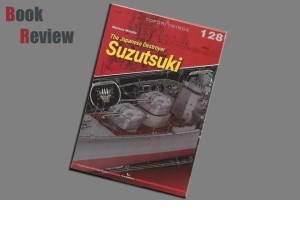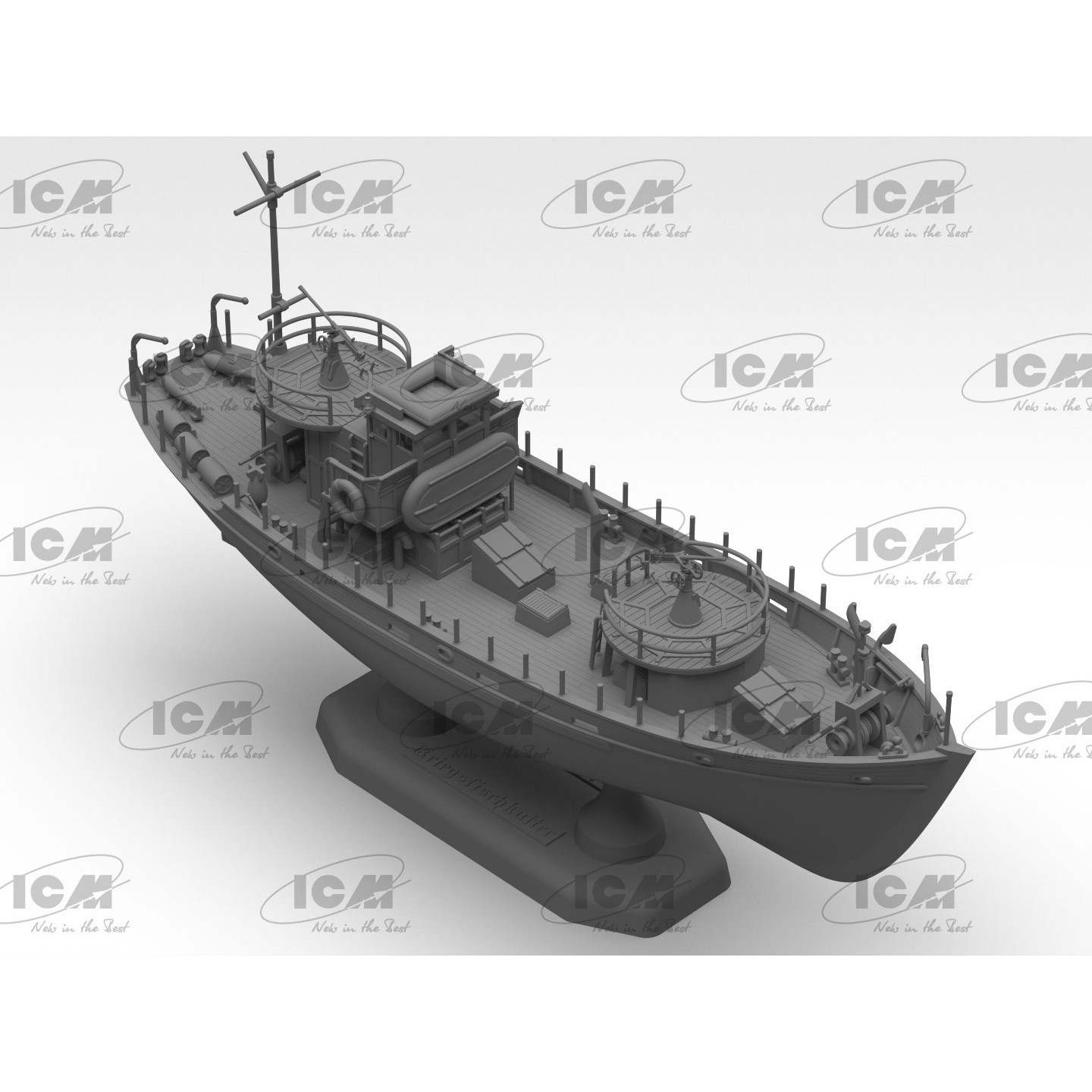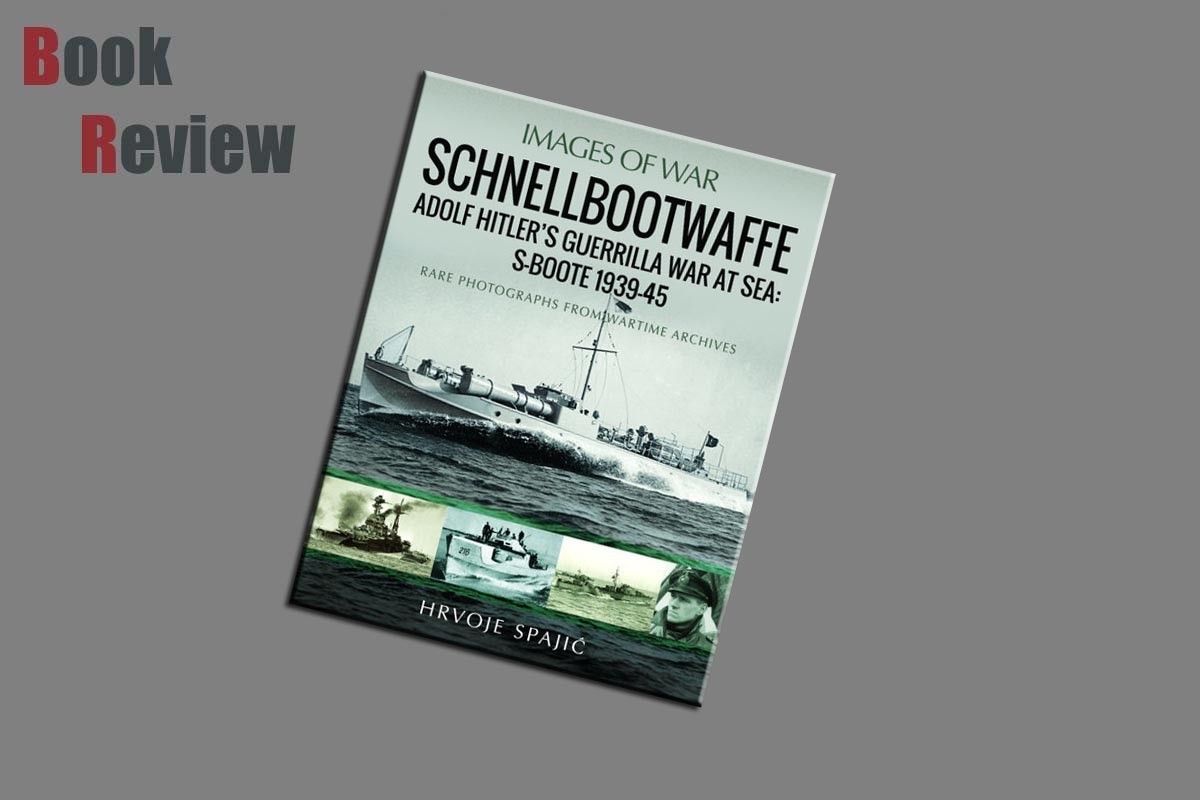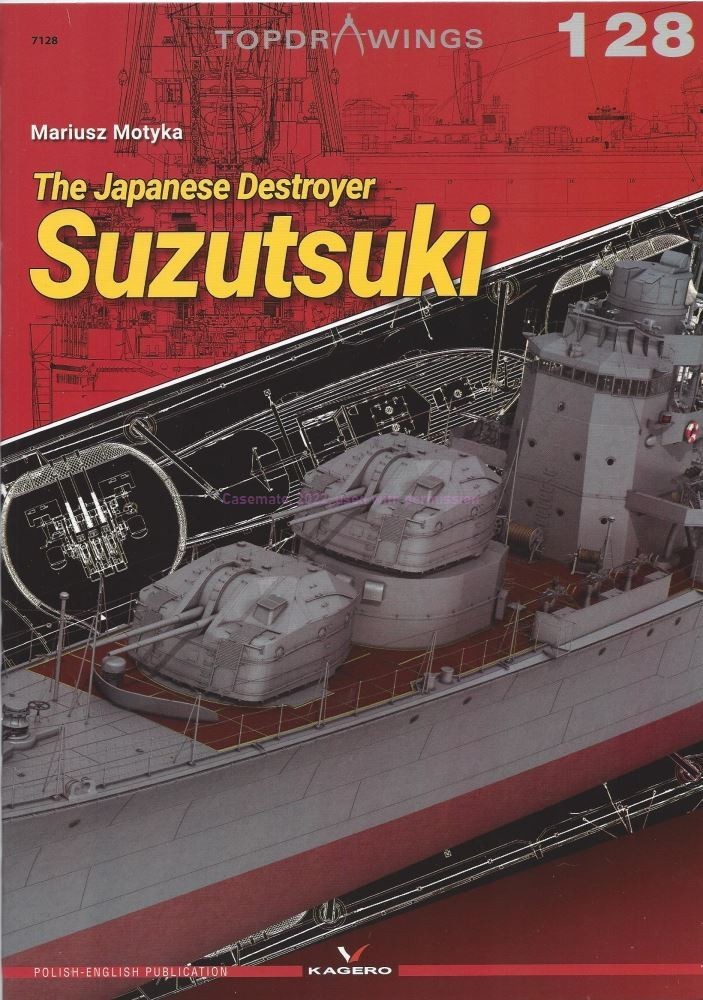
Introduction
The Japanese Destroyer Suzutsuki from Kagero is the 128th title in their series Topdrawings, which presents the subject through pages of engineering drawings. It features both English and Polish text. The pages are matte coated paper although the stout cover is glossy and stiff. Although the series has been around for at least 127 other subjects, it is new to me so I looked up Kagero's description (which seems was written when only aircraft were the subjects):
Topdrawings series are a wonderful proposition for all modellers who attach weight to correct proportions and details of the aircraft. High quality model plans are completed with great colourful schemes. Plans are in all popular scales: 1/72, 1/48 and 1/32 so everyone will be satisfied. Every title contains additional decals, masks or metal barrels!
For this ship book there are no decals, masks nor metal barrels. Perhaps there are for larger vessels?
Authored by Mariusz Motyka, the 24-page 11.7 X 8.3 inches paperback book is catalogued with ISBN : 9788367294010. Casemate kindly provided this sample and you can view it here on Casemate's page.
Content
The Japanese Destroyer Suzutsuki is not organized into chapters. Page one presents a history of the ship, which Casemate summarizes as:
Suzutsuki (Japanese large World War II destroyer) Akizuki type, in service from 1943 to the end of the war. "Suzutsuki" was the third ship in a series of large Akizuki-type destroyers specifically designed as anti-aircraft defense ships, whose main armament consisted of 8 universal guns of 100 mm caliber, with excellent ballistic characteristics.
The rest of the book consists of 23 sheets of engineering and detail drawings. All are of crisp, clear black-and-white line art, which should be valuable to modelers seeking clear references to detail their model. Suzutsuki is illustrated in her 1945 configuration.
Each page shows a major portion of the ship as well as major or minor subsections/substructures, components and equipment, i.e. hatches, railings, companionways, arms, turrets, 25 mm Type 96 AA gun with deck azimuth lines, masts and rigging, depth charge racks, etc. Examples of the sheets are:
- A view from the starboard to the bow deck, command tower and funnel of the Japanese destroyer "Suzutsuki", including an anchor and capstan
- The port side view amidship from the stern and the foredeck, including an observation post and companionway
- Three-legged main mast, plus a 13 Gō air detection radar, a surface detection radar No 22 Mod. 4M, and a lamp designed for traffic light [sic] (navigation lamp)
- Aft superstructure; reflector with a mirror diameter of 90 cm (searchlight); storage container for torpedoes; torpedo caliber 610 mm 93 Shiki 2 Gata transported on two bogies on loading track; on-board engine for pulling torpedo cars.
None of those are illustrated to any particular scale. However, the book does include a loose 'poster' of Suzutsuki profiles, planforms, and cross sections scaled to 1/200. Sized to approximately 18 X 24 inches, it depicts major structures:
- Bow and stern views
- Bow superstructure [sic] (bridge)
- Funnel
- Stern superstructure
- Midship plot platform.
I think the detail is excellent. It has revealed items I never knew were used by the Japanese.
Imagry
An ironic title considering almost all content are is graphic illustrations but not a single photograph is used. Nor are any data tables provided. Aside from the brief history this is purely an engineering book and does not intend to present any performance or trivia information. The exception are the three color illustrations on the rear cover, and the cover art. The rear cover presents Suzutsuki in full-hull profile, port and starboard, and platform. No color information is mentioned as that is beyond the scope of the book, although the history does include the shipyard that built her.
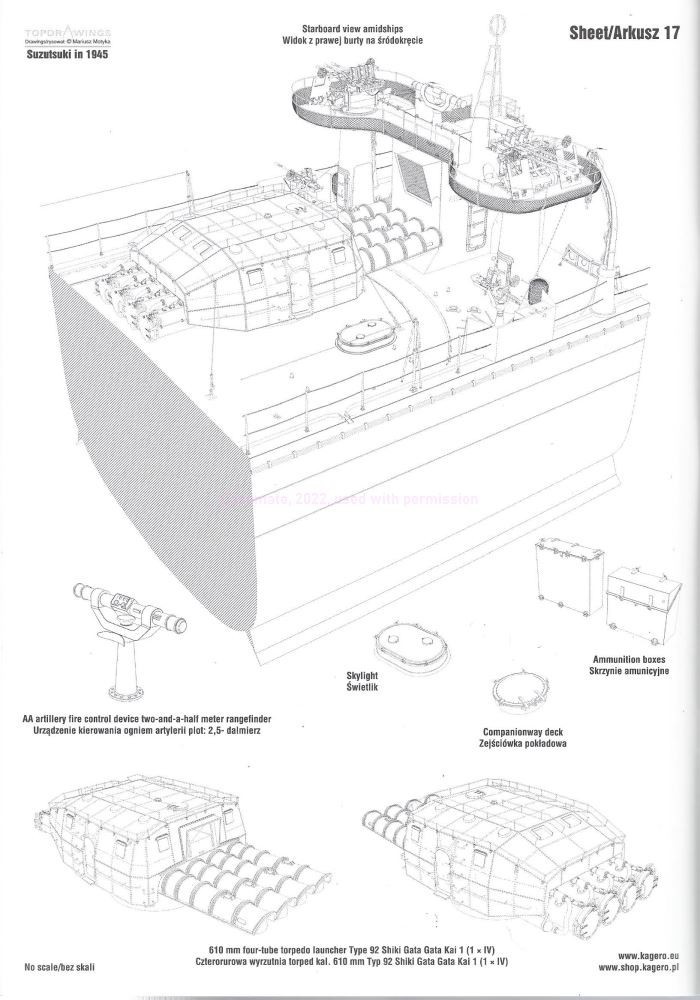
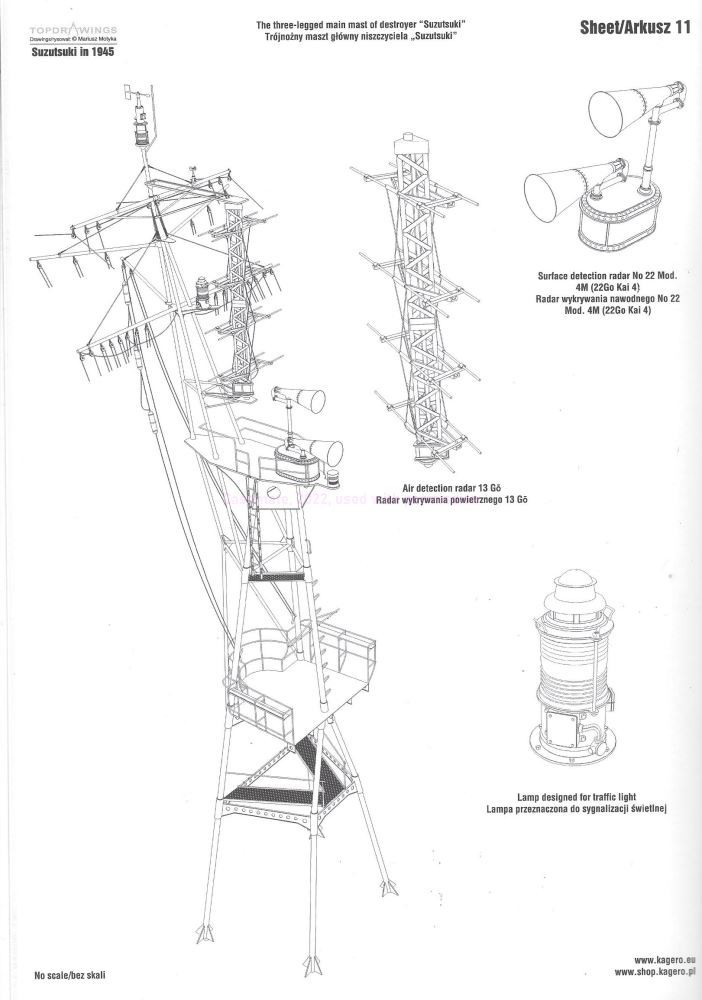
Conclusion
The Japanese Destroyer Suzutsuki is my first look at a Kagero book and I see why they are so highly regarded amongst modelers. Topdrawings provide exceptional detail for the modeler. Not a thick book but it is full of worthwhile source material for those looking to detail and enhance their model. My only question is why the foldout section is scaled to 1/200 when the predominate large naval scale is 1/350? A minor point although it would be nice to have a scale bar included.
I certainly recommend this book to those of you who seek to better your Akizuki -class in particular, specifically Suzutsuki , and Japanese destroyers and other vessels in general.
Please remember to mention to Casemate, Kagero, and retailers that you saw this book here - on Model Shipwrights.










